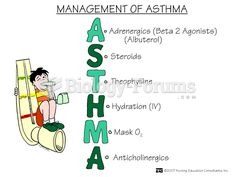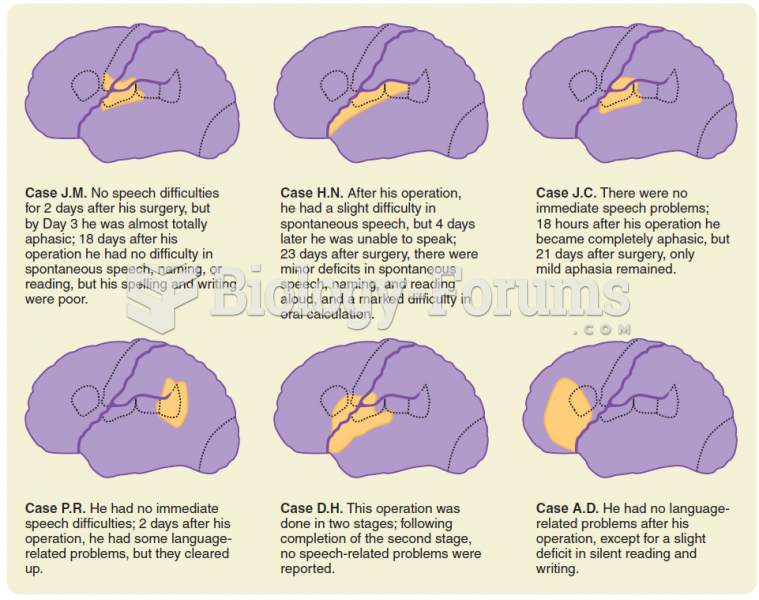Answer to Question 1
Correct Answer: 2
Rationale 1: Epinephrine is reserved for the emergency treatment of severe attacks that do not respond to other drugs.
Rationale 2: Short-acting selective beta-agonist therapy via the inhaled route is the most appropriate therapy for mild intermittent asthma, used on an as-needed rescue basis.
Rationale 3: Steroids are reserved for persistent asthma.
Rationale 4: Theophylline is considered when more effective drugs fail to bring symptomatic relief.
Global Rationale: SABAs or short-acting beta2-adrenergic agonists are the preferred drugs for relief of acute symptoms. Epinephrine is reserved for the emergency treatment of severe attacks that do not respond to other drugs. Steroids are reserved for persistent asthma. Theophylline is considered when more effective drugs fail to bring symptomatic relief.
Answer to Question 2
Correct Answer: 2
Rationale 1: Severe asthma involves continuous signs and symptoms.
Rationale 2: This client fits the profile for mild persistent asthma with attacks that occur between three and six times per week and more than twice a month at night.
Rationale 3: Clients with intermittent asthma have episodes less than twice a week.
Rationale 4: Moderate asthma involves daily episodes and at least one nighttime episode weekly.
Global Rationale: Assessment of asthma severity is based on frequency of symptoms, the number of nocturnal attacks, and presence of activity limitations. Mild persistent asthma is diagnosed when attacks occur 36 days of the week, nocturnal attacks occur more than 2 times per month, and activity is somewhat limited. Severe asthma involves continuous signs and symptoms. Clients with intermittent asthma have episodes less than twice a week. Moderate asthma involves daily episodes and at least one nighttime episode weekly.







